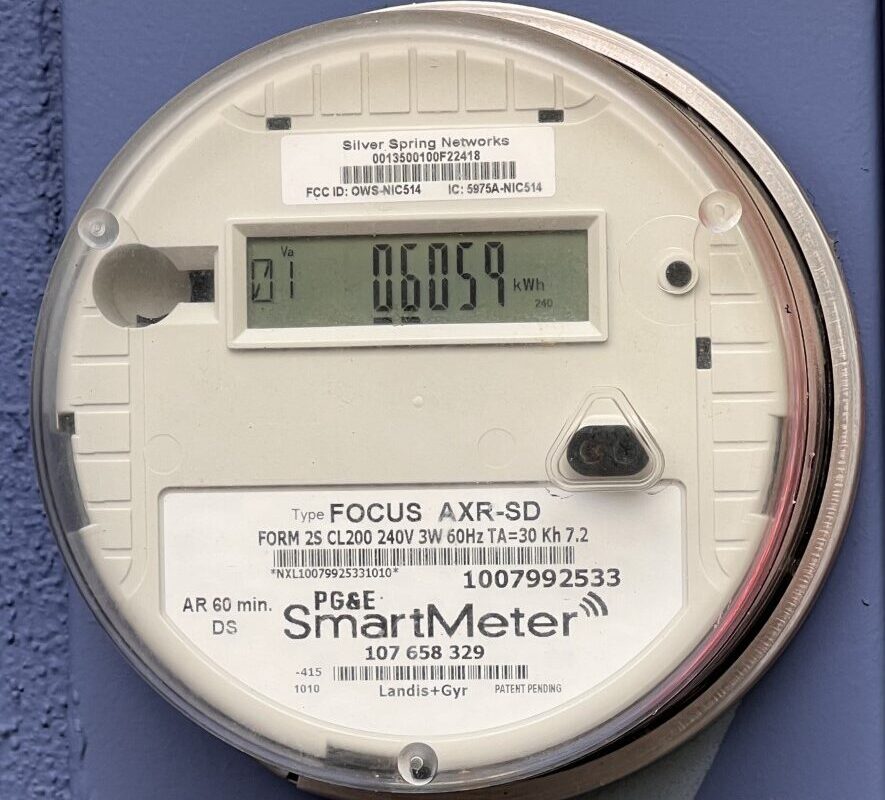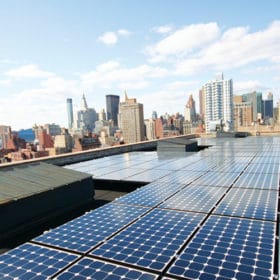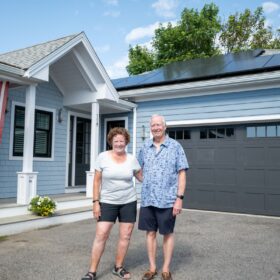The District of Columbia is not meeting its requirement for electricity from solar and is not likely to meet it any time soon, according to a new analysis by the U.S. Department of Energy’s Energy Information Administration (EIA).
Washington D.C. recently expanded its renewable portfolio standard (RPS) to 50% by 2032, as one of the most aggressive policies in the nation. This includes a requirement that solar technologies including solar PV and solar thermal provide energy equivalent to 5% of total electricity generation by 2032.
However, a 2011 law requires that all qualifying generators must be located either in the 61 square miles of the district, or on a distribution feeder which serves DC.
Even with this requirement, the majority of solar which qualified under the RPS has been located outside of the district in recent years. Combined with solar on DC rooftops, total solar generation/heat in 2015 was the equivalent of less than 40 terawatt-hours (TWh) – far short of the year’s mandate that utilities must procure nearly 80 TWh.
The 40 TWh gap meant that electricity service suppliers have had to pay fines, called alternative compliance payments (ACP), for not meeting the RPS targets.
GTM Research Associate Director of U.S. Solar Cory Honeyman told pv magazine that this failure to meet a solar carve-out is not typical. “In most other markets with solar carve-outs, these other states are facing an oversupply of solar renewable energy credits rather than undersupply, including Pennsylvania, New Jersey and Maryland,” notes Honeyman.
Honeyman cites land and siting constraints as key hurdles to meeting RPS targets, but notes that under-supply will keep prices high. ACPs are currently set at $500 per megawatt-hour for electricity service providers, which means that any developers or homeowners who do build solar receive generous and stable prices for their solar renewable energy credits.
Correction: This article was corrected at 8:30 AM EST on August 31 to address several minor errors. We apologize for any confusion.
This content is protected by copyright and may not be reused. If you want to cooperate with us and would like to reuse some of our content, please contact: editors@pv-magazine.com.









There are several errors in this story that are misleading. The vast majority of systems not located in the District which are eligible for SRECs in DC were grandfathered in because of a change in the rules in 2011 which precluded future eligibility for systems not on a Distribution feeder that serves DC.
None of those distribution feeders serving DC are in PA, they are in suburban Maryland.
Pepco does not pay the ACP when the RPS targets are not met from its own funds. The ACP payments (and the SRECs required) are the obligation of the electricity suppliers not the distribution utility.
Thank you for those comments. I have corrected the story accordingly.
However, I should note that the confusion about the distribution feeders came from the original IEA analysis, which states that:
“The Distributed Generation Amendment Act (DGAA) of 2011 requires all qualifying solar generators to be located in DC or on a distribution feeder serving DC to qualify. Outside of DC itself, Pennsylvania contains the largest amount of solar capacity eligible to be applied to DC’s solar-specific target.”